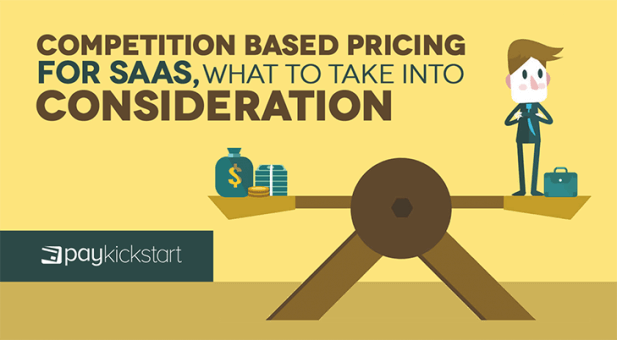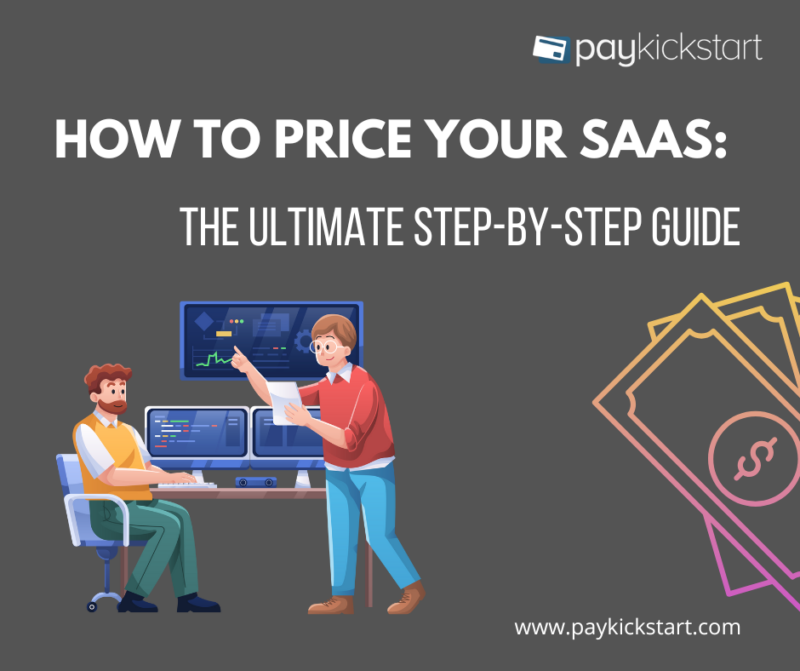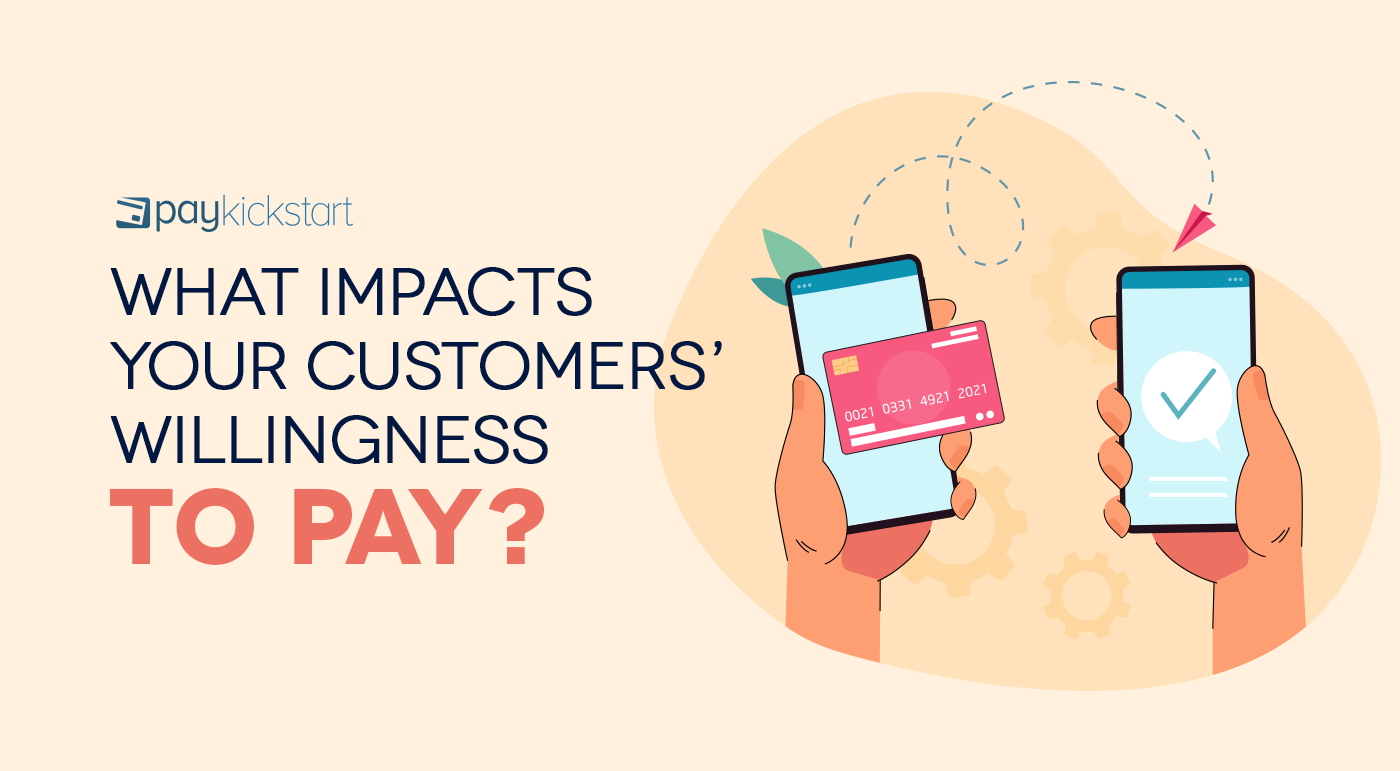Subscription growth hack (by PayKickstart)
Facebook Group - 3,932 members
Visit Group
Did you know that a mere 1 percent improvement in price optimization can boost profits by 11.1 percent, on average? Few things can have a bigger impact on your bottom line than implementing the correct pricing strategy. One effective strategy, especially in competitive markets, is competitor based pricing.
Optimizing price can have a big impact on your bottom line.
Optimizing prices is difficult, however, and if not done correctly, could result in lost revenues and profits. During the pricing process, your goal is to eliminate as much doubt as possible and to optimize prices so that you can secure an optimally high profit. You can use data and research to reduce uncertainty, thus allowing you to make educated decisions.
Many companies turn to cost-plus pricing. Under this model, you simply mark the product or service up based on its cost. Let’s say you sell books online. So you figure out your acquisition costs and raise prices by 50 percent. Unfortunately, this pricing strategy is suboptimal and involves a lot of guesswork. Guess wrong and you’ll suffer.
Competitor based pricing is generally a better method for setting prices. This is especially true if markets are intensely competitive. Let’s take a deeper look at competitor pricing strategy to see if it’s the right method for you.
You may also hear of competitor based pricing as “strategic” pricing. Your goal is to look at your competitors strategically and to place your SaaS or other product in relation to the competition. Customers are always looking out for the best deal, so they’ll usually select the product that offers the most value.
By looking at your competitor’s pricing, you can get a better feel for the market and what choices customers have. Right away, you may be able to narrow down a price range and what the market will bear.
First, you can outline all of your competitors’ prices top-to-bottom. Most of the time, premium products that offer more features or are of a higher quality will charge more. Products that offer fewer features or are of lower quality will often be cheaper.
At PayKickstart, we spent a lot of time researching our competition.
Of course, there’s a lot of variability. Just because a product is cheap, it doesn’t mean it’s low quality. A company may be entering the market and looking to secure market share. Or perhaps a company is doing so well they can afford to charge less.
However, by looking at a large number of competitors, you’ll be able to get a general idea of the pricing spectrum. Once you have a feel for the pricing spectrum, you can place your product on it.
Be honest, how does your product measure up to the best products in the market? If your SaaS or other product/service is among the most feature-rich and highest quality, you can justify prices at the higher end of the spectrum. If you offer fewer features or lower quality, you’ll need to set a lower price.
So should you use competitor based pricing? Let’s examine the pros and cons of this pricing strategy to determine if it’s the right one for you.
Many companies turn to competitor pricing because it offers three distinct advantages:
Simplicity: Competitor based pricing is very simple to implement. Yes, there’s some research involved, but if you have a large number of competitors, it’s pretty easy and straightforward.
Always make sure you do your research!
Low risk: You’re probably not going to mess things up with strategic pricing. Once you have a good feel for the market, product quality, and your target audience, you’ll be able to set generally reasonable and competitive prices.
Accuracy: In highly competitive markets, such as ecommerce for common products (i.e. books), competitor pricing can be quite accurate. There are millions of customers making many millions of purchases. Data is relatively easy to compile and prices are readily available. You can accurately set prices based on this information.
When it comes to SaaS and other technologies, however, competitor based pricing may not be as effective. Let’s take a look at the cons of competitor based pricing.
While competitor based pricing can be effective in certain markets, there are some drawbacks.
Missed opportunities: What if your competitors have mispriced their products? By following their lead, you’ll be mispricing your own products. This could lead to lower profits and revenues.
Even with research, competitor based pricing still involves some guesswork.
Following the herd: You won’t be the only one using strategic pricing. Many of your other competitors will likewise set their prices based on their competition. In extreme circumstances, an entire industry can lose touch with demand as companies copy one another. Why follow others when you can take the lead?
Not thinking long term: Many companies try to set the lowest price. However, this could be a mistake. If you set prices too low, customers might doubt the quality of your product. And if you’re not generating enough profits, you won’t be able to reinvest in yourself.
So while competitor based pricing can work in some situations, it’s certainly not the end-all, be-all of pricing. There are other strategies that have proven to be more effective, especially for SaaS providers and companies operating in similar markets that offer less data and competition.
Value-based pricing is often better. With this pricing strategy, you figure out how much your product is worth to your customers and base your prices on this value.
Competitor based pricing can be an effective strategy, especially for competitive markets where loads of data is readily available. However, if you’re selling Software-as-a-Service, you may not have access to as much data, and almost certainly, there will be fewer competitors. Many tech startups, service providers, and other companies will likewise lack access to the necessary data.
While you should always pay attention to the competition and their pricing strategy, that doesn’t mean you have to follow their lead. Instead, you should be keenly aware of your potential customers and the value you add. By closing examining your customer avatars, including their goals, needs, and budget, you can determine optimal prices.
Michael Harbone is an experienced copywriter, writing professionally since 2017. He has written for multiple digital marketing companies gaining the reputation for writing engaging, concise articles one which received an award from Upcity.
Read More About Michael Harbone
